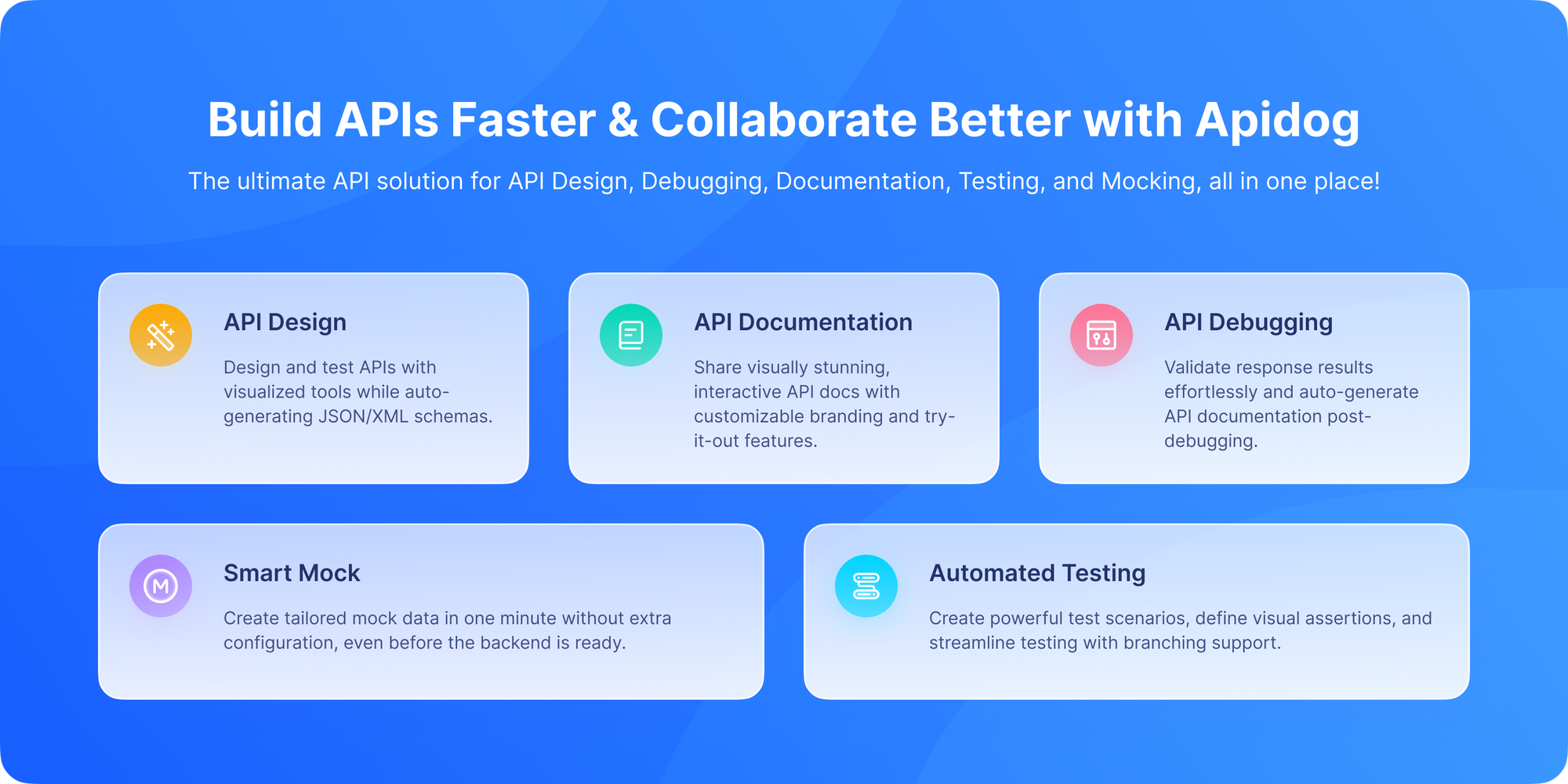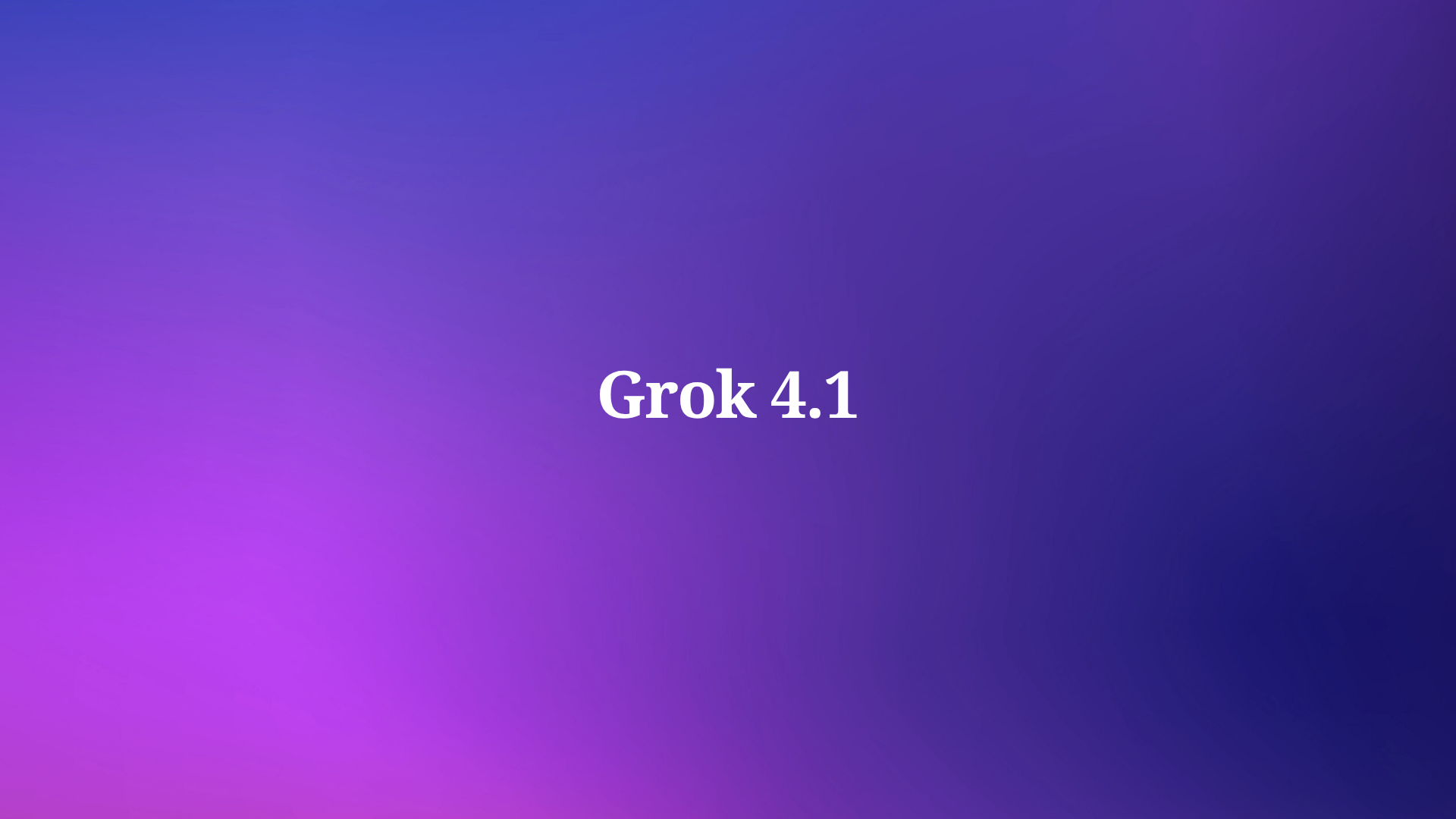So, your team has made the big decision: you're moving to a microservices architecture. You've read the books, attended the conferences, and you're excited about the benefits, independent deployment, technology diversity, and improved scalability. But now comes a crucial, practical question that can make or break your success: how do all these services actually talk to each other?
The answer, of course, is through APIs. And the tool you choose to design, test, document, and manage those APIs will become the central nervous system of your entire architecture. Choose poorly, and you'll create friction, confusion, and technical debt. Choose wisely, and you'll enable your teams to move faster and build more reliable systems.
The market is flooded with options, from legacy tools to modern platforms. How do you navigate this landscape and pick the right partner for your microservices journey?
Now, let's break down the key factors you should consider when choosing an API platform for your microservices ecosystem.
The Microservices Mindset: Why Your API Tool Matters More Now
In a monolithic architecture, you might have gotten away with a simple HTTP client and some handwritten documentation. But microservices change the game completely.
Think about it: instead of one large codebase, you now have dozens, potentially hundreds of independent services. Each service has its own API contract. These services need to be discovered, tested independently and together, and documented in a way that other teams can understand and consume.
Your API platform becomes the contract enforcer, the communication hub, and the source of truth for how your system works. It's no longer just a "nice-to-have" tool; it's essential infrastructure.
Key Decision Factors for Choosing API Platforms: Your Evaluation Checklist
1. Design-First vs. Code-First Approach
This is the first major philosophical decision you'll face.
Design-First (Spec-Driven)
This approach involves designing your API contract before writing any code. You use a specification format like OpenAPI to define endpoints, request/response schemas, and authentication requirements.
Pros:
- Clear Contract: Frontend and backend teams can work in parallel
- Automated Validation: The spec acts as a single source of truth
- Better Design: Forces you to think through your API design carefully
Cons:
- Initial Overhead: Requires upfront design work
- Learning Curve: Team needs to learn specification languages
Code-First (Implementation-Driven)
With this approach, you write your code first and generate API documentation from code annotations.
Pros:
- Faster Start: You can start coding immediately
- Tight Coupling: Documentation is always in sync with implementation
Cons:
- Design Debt: Can lead to poorly designed APIs
- Documentation Lag: Documentation is always behind the code
The Verdict: For microservices, a design-first approach is strongly recommended. It creates clear boundaries between services and enables true parallel development.
2. Testing Capabilities: Beyond Basic Requests
In a microservices world, testing becomes exponentially more complex. Your API platform needs to handle this complexity gracefully.
Look for:
- Automated Testing: The ability to create and run test suites automatically
- Environment Management: Easy switching between development, staging, and production environments
- Mock Servers: The ability to generate mock APIs from your designs so teams can develop against realistic responses
- Performance Testing: Basic load testing capabilities to catch performance issues early
- CI/CD Integration: Ability to run API tests as part of your deployment pipeline
Why it matters: A service might work perfectly in isolation but fail when integrated with others. Comprehensive testing prevents these integration nightmares.
3. Documentation: The Living Contract
In microservices, documentation isn't optional it's essential for team coordination. Your documentation should be:
- Automatically Generated: No manual updates that get out of sync
- Interactive: Allow consumers to try out API calls directly from the documentation
- Discoverable: Easy for other teams to find and understand your APIs
- Versioned: Clear indication of which versions are available and supported
4. Team Collaboration Features
Microservices mean multiple teams working on multiple services simultaneously. Your API platform should facilitate this collaboration, not hinder it.
Essential features include:
- Workspace Sharing: Easy way to share API designs and collections
- Role-Based Access Control: Different permissions for viewers, editors, and admins
- Commenting and Review: Ability to discuss API designs before implementation
- Change History: Track who changed what and when
5. Integration with Your Existing Stack
Your API platform shouldn't exist in a vacuum. Consider how it fits with:
- Version Control: Git integration for managing API specifications
- API Gateways: Compatibility with gateways like Kong, AWS API Gateway, or Azure API Management
- Monitoring Tools: Integration with your observability stack
- Service Mesh: If you're using Istio, Linkerd, or similar service mesh technologies
6. Mock Server Support for Parallel Development
One of the biggest advantages of microservices is parallelism. But it falls apart when one team must wait for another’s API.
Mock servers solve this by simulating endpoints before the service is built.
Look for:
- automatic mock generation
- dynamic response rules
- support for environment variables
- realistic API simulation
You can generate mock servers instantly from your OpenAPI design, letting frontend and backend teams work in parallel.
7. Self-Hosting Options (Especially for Enterprise Microservices)
This is the most overlooked but most important feature.
Many microservices handle sensitive data. Some industries require:
- on-premises deployment
- private cloud environments
- internal access restrictions
- SOC2 / HIPAA / ISO compliance
Unlike most API platforms, Apidog supports full self-hosting, so enterprises can run everything inside their own infrastructure.
For microservices that operate in:
- banking
- healthcare
- fintech
- government
- private enterprises
…self-hosting is essential.
Leveraging Apidog as the API Platform for Microservices

Apidog is an all-in-one API development platform that combines API design, mocking, testing, debugging and documentation in a single, integrated environment.
Here's how this approach specifically benefits microservices:
Unified Workspace for Multiple Services
Instead of juggling separate tools for API design (Swagger), testing (Postman), and documentation, you have one platform that handles everything. This is particularly valuable when you're managing dozens of microservices.
Design-First by Default
Apidog encourages a design-first approach with visual editors that generate OpenAPI specifications behind the scenes. This means you get the benefits of specification-driven development without the steep learning curve of writing raw YAML.
Powerful Mock Servers
One of the biggest challenges in microservices development is dependencies between services. With Apidog's instant mock servers, Team A can build their service against a mock of Service B, even if Service B hasn't been implemented yet.
Automated Testing at Scale
You can create comprehensive test suites for each microservice and run them automatically. More importantly, you can create integration tests that verify how multiple services work together.
Team Collaboration Built-In
With shared workspaces, commenting, and version history, Apidog is designed from the ground up for team collaboration exactly what you need when multiple teams are building interconnected services.
Real-World Scenario: A Microservices Implementation
Let's walk through how this works in practice. Imagine you're building an e-commerce platform with these microservices:
users-service- Manages customer accountsproducts-service- Handles product catalogorders-service- Processes orderspayments-service- Handles payments
Phase 1: Design
Each team designs their service's API in Apidog. The orders-service team can see the users-service and products-service APIs to understand what data they need.
Phase 2: Parallel Development
The orders-service team uses Apidog's mock servers for the payments-service API to develop and test their integration logic, even though the actual payments-service is still being built.
Phase 3: Testing
Each team creates comprehensive test suites for their services. Integration tests verify that the orders-service correctly calls the payments-service with the right data.
Phase 4: Documentation
Automatically generated, interactive documentation makes it easy for the frontend team to understand how to call all the services.
Phase 5: Maintenance
When the users-service team needs to make a breaking change, they can discuss it with other teams in Apidog, version their API, and ensure all consumers are updated.
Making Your Decision: A Practical Framework
When evaluating API platforms for your microservices architecture, use this scoring system:
- Design & Specification (25 points)
- OpenAPI support: /5
- Visual design interface: /5
- Import/export capabilities: /5
- Schema validation: /5
- Versioning support: /5
2. Testing & Mocking (25 points)
- Automated testing: /5
- Mock server capabilities: /5
- Environment management: /5
- CI/CD integration: /5
- Performance testing: /5
3. Collaboration & Documentation (20 points)
- Team workspaces: /5
- Access controls: /5
- Interactive documentation: /5
- Change tracking: /5
4. Integration & Ecosystem (15 points)
- Git integration: /5
- API gateway compatibility: /5
- Monitoring integration: /5
5. Usability & Learning Curve (15 points)
- Developer experience: /5
- Onboarding time: /5
- Community & support: /5
A platform scoring 80+ points is likely a strong fit for most microservices environments.
Common Mistakes When Choosing an API Platform for Microservices
To help you avoid future headaches, here are the mistakes companies make most often:
❌ Choosing a tool that only supports documentation
Microservices require much more than pretty Swagger pages.
❌ Using multiple disconnected tools
This creates inconsistency and overhead.
❌ Ignoring governance until it’s too late
Standardization must start early.
❌ Choosing a platform without automation capabilities
You’ll need automated tests and CI hooks.
❌ Picking a tool with no self-hosting option
Not future-proof for enterprises.
❌ Prioritizing UI friendliness over lifecycle readiness
Some tools look beautiful but break at scale.
Avoid these pitfalls, and your architecture will scale much more cleanly.
The Cost of Getting It Wrong
Choosing the wrong API platform can have serious consequences for your microservices initiative:
- Development Slowdown: Poor tools create friction and slow down development cycles
- Integration Issues: Without proper testing and documentation, services don't work well together
- Team Silos: Inadequate collaboration features lead to teams working in isolation
- Technical Debt: Poor API design decisions become baked into your architecture
Final Recommendations: How to Choose the Best API Platform
If you're running microservices, prioritize platforms that offer:
✔ Strong API design tools
✔ Testing & validation
✔ Mocking
✔ Collaboration
✔ Documentation
✔ Governance
✔ CI/CD compatibility
✔ Self-hosting (very important!)
✔ Great developer experience
When a platform delivers all eight, it becomes the backbone of your microservices ecosystem.
Apidog is one of the rare platforms that checks all these boxes, which is why it’s becoming increasingly popular for microservices-oriented organizations.
Conclusion: Your API Platform as an Enabler
The right API platform does more than just help you build APIs, it enables your entire microservices strategy. It's the glue that holds your distributed system together and the communication channel that keeps your teams aligned.
When evaluating options, look beyond feature checklists and consider how the platform will fit into your development workflow, support your team structure, and scale with your growing microservices ecosystem.
The shift to microservices is challenging enough don't let your API tools become another obstacle. Choose a platform that simplifies the complexity and helps your teams build better, more reliable systems together.
Ready to see how a unified approach can transform your microservices development? Download Apidog for free and experience how one platform can handle your entire API lifecycle from design to deployment.



